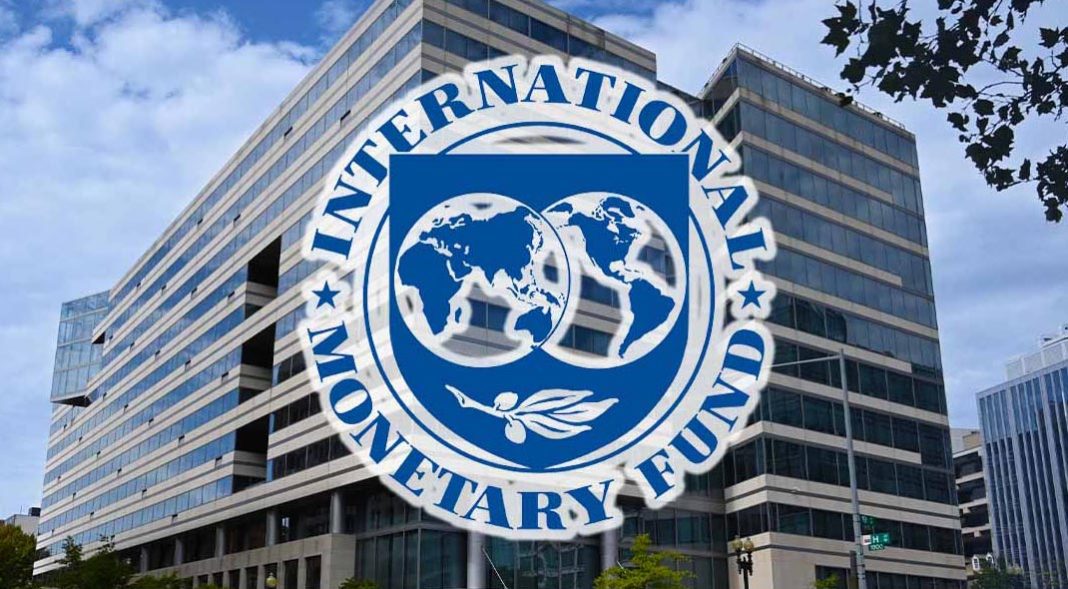Pakistan no longer faces the economic emergency it did last year when it was on the verge of a sovereign debt default. The country has navigated that crisis, achieving a degree of stability and improving market sentiment. This presents a valuable opportunity for the government to develop an economic vision and craft a home-grown economic plan to drive robust recovery and prevent future crises.
While the IMF’s bailout package and the rollover of foreign loans helped avert a financial breakdown, relying solely on IMF conditionalities is not a comprehensive economic strategy. Though necessary, an IMF package is insufficient for achieving durable stabilization and resilient economic growth. It should be a component of Pakistan’s own long-term plan, not a substitute for it.
A credible economic plan must address Pakistan’s weak macroeconomic fundamentals, which continue to threaten the fragile recovery. Without confronting these issues directly, another crisis is inevitable. Past experiences show that unresolved external and internal financial imbalances have consistently led to chronic balance-of-payments and budget crises. Current hopes are pinned on promised investments from Saudi Arabia and other Gulf states. However, attracting foreign direct investment (FDI) should be part of a broader, coherent economic plan rather than an isolated strategy. Significant foreign investment will only materialize if macroeconomic stability is established and political uncertainty is reduced, necessitating a de-escalation of domestic political tensions.
Despite averting a crisis, the structural causes of Pakistan’s financial imbalances remain. Risks are high, with negative trends prevailing. The fiscal deficit remains substantial, with the economy projected to grow by just 1.8 percent this fiscal year. Foreign exchange reserves are fragile, domestic and foreign debt levels are unsustainable, large external financing is required to meet debt payments, inflation is at a record high, and the current account and trade deficits are wide. FDI remains low, business confidence is weak, and the poverty rate has risen to 40 percent.
To chart a path to sustainable growth, Pakistan needs a home-grown economic reform plan. Unless structural issues are addressed to reverse current trends, the country will remain trapped in a cycle of low growth, high deficits, heavy borrowing, increasing indebtedness, and soaring inflation. The government has two choices: continue the past approach of borrowing more and accumulating greater debt while postponing reforms, which will not spur growth or investment and will guarantee future crises, or embark on comprehensive structural reforms to break the vicious cycle.
Key elements of a comprehensive reform program should include:
- Curbing the Fiscal Deficit: Implement an equitable and simplified tax system, bring untaxed and undertaxed sectors into the revenue net, end exemptions, and ensure tax compliance. Rationalize expenditures to meet development needs and eliminate untargeted subsidies. Privatize loss-making state-owned enterprises to reduce fiscal burden.
- Creating a Business-Friendly Environment: Reduce the cost of doing business, establish a single business regulatory framework, cut bureaucratic red tape, and remove barriers to foreign investment. Engage the business community in formulating economic policies and ensure policy continuity to build investor confidence.
- Promoting Export-Led Growth: Identify competitive advantages and work towards export diversification. Achieve greater integration into the global economy with an export-oriented industrial and trade policy framework. End the anti-export bias in trade policy through tariff rationalization and review of export subsidy schemes.
- Leveraging Digital Technology: Invest in digital capabilities, foster private sector innovation, and create an enabling environment for growth in this dynamic sector.
- Investing in Human Capital: Prioritize education and health to improve social indicators and human development rankings. Addressing underinvestment in human capital is crucial for economic growth and progress.
Finally, align foreign policy and diplomacy with the new economic strategy. Economic and trade diplomacy should have clear goals and be an integral part of operational foreign policy.
Pakistan has the potential to achieve an economic turnaround. It is up to the leadership to make it happen.




